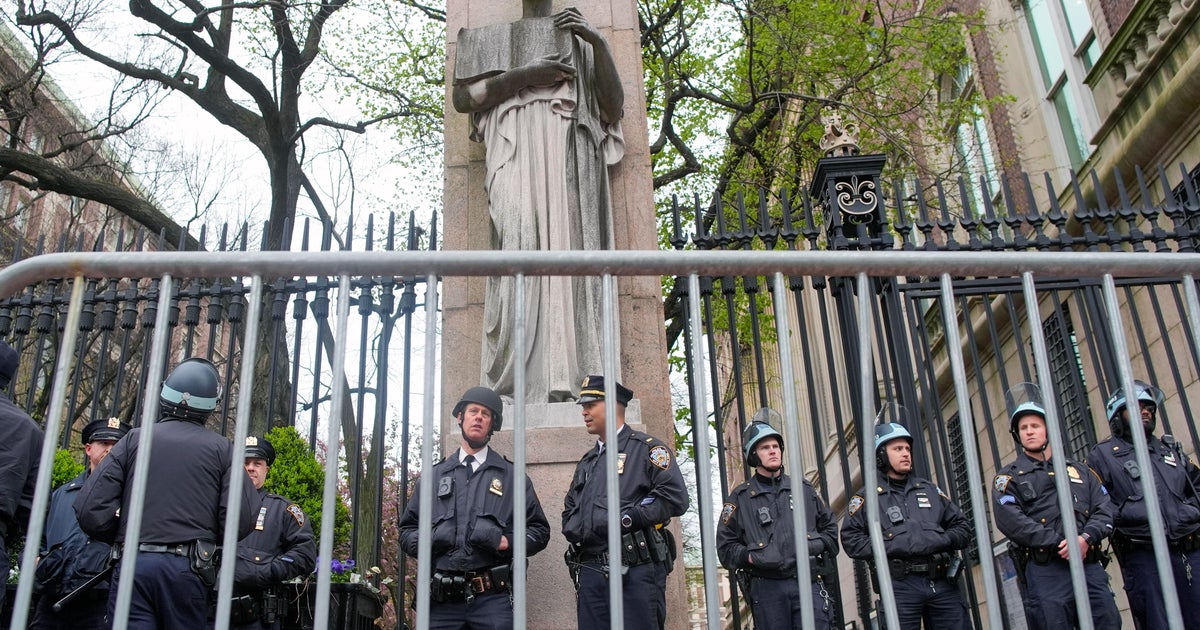Study: Concussions On The Rise Among Young Athletes
NEW YORK (CBS 2) -- The number of children going to the emergency room with a concussion has skyrocketed in recent years.
A concussion is a temporary loss of normal brain function. It happens after trauma to the head and as a result of bruising to the brain or injury to the nerves.
Most of the time, people recover from concussions just fine -- over a week or two. But that is not always the case. Permanent injury in children is now more common than ever.
Matt Gfeller was among the tragic victims of head injury.
Gfeller had always dreamed of playing varsity football, but his first game was his last. During a routine play, he was hit in the head and it turned out to be a fatal.
"Never in my wildest dreams would I think that our son was at risk of getting killed playing football in high school," Gfeller's father Bob told CBS 2's Dr. Holly Phillips.
Players at Gfeller's school go through mental and balance tests before the season so if they are injured, they can be more accurately treated.
Head trauma and especially concussions are on the rise among young athletes. A study in the journal Pediatrics found that emergency room visits for sports-related concussions doubled for 8-13 year-olds over the last decade and tripled for 14-to-19 year-olds.
"I think it also has a lot to do with the nature of our athletes getting bigger, stronger, faster and they play with complete abandon and they're hitting their heads a lot harder," Dr. Steven Weinstein of New York Presbyterian/Weill Cornell Medical Center said.
The danger of concussions for professional athletes has been widely publicized, but researchers say child athletes may be even more vulnerable because their brains are still developing.
Symptoms include headache, nausea and dizziness and people don't have to always loose consciousness.
Weinstein didn't realize his daughter was hurt when she got kicked in the head during a soccer game.
"She bounced back up and when she came off after the game she said 'you know dad I don't remember playing the second half,'" Weinstein said.
Several states have adopted tougher limits on when athletes can resume play after a concussion.
The rate of concussions was highest in ice hockey and football. Snow skiing, bicycling, and playground activities were also considered high risk -- as were non-sports related incidents like fighting.
The study also found boys were more likely to get concussions than girls.



